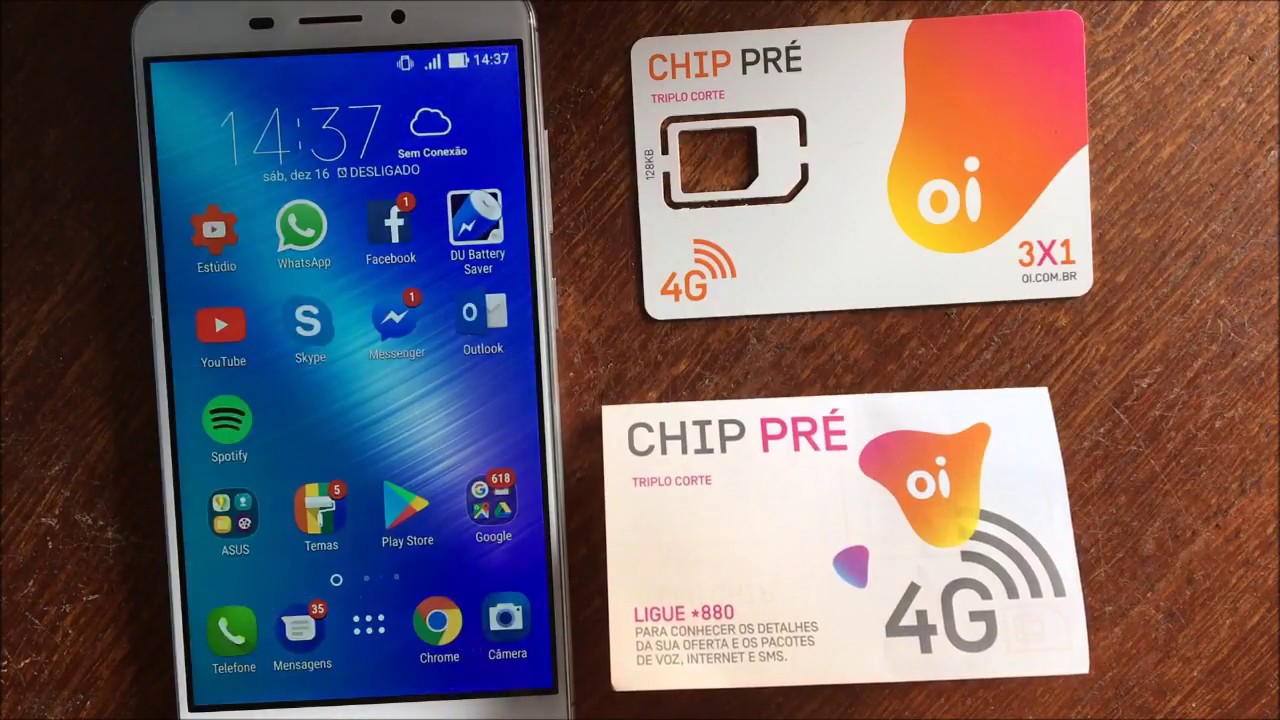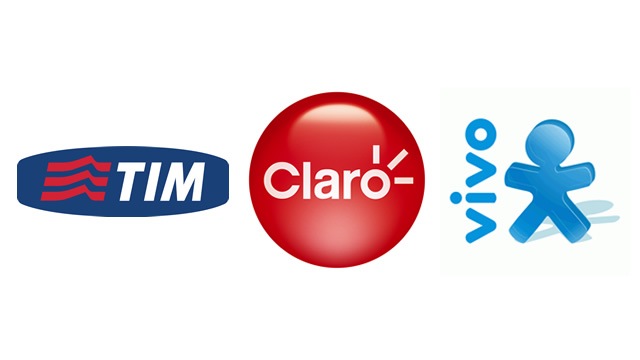RIO DE JANEIRO, BRAZIL – The trio Telefônica Vivo, TIM Participações, and Claro is ready to take over Highline’s position and negotiate an agreement with Oi to start the auction of Oi Móvel. The group offered R$16.5 billion (US$3.3 billion) – ten percent above the minimum price wanted by Oi. The largest buyer of the three is TIM Participações, with a slice ranging from R$7 to R$8 billion of the total. Claro is the company with the lowest share of the pie.
Rumors have been spreading that Highline, the network company, founded by Pátria Investimentos and bought by the American fund Digital Colony, is expected to drop negotiations with Oi after the increased bid announced by the trio on Thursday.
However, nothing has been officially reported to date. Highline’s exclusivity expires next Monday. Currently at stake is a position in the auction called stalking horse. Whoever secures the right to play this role offers a binding bid, which means it is guaranteed and has the right of preference should a new interested party make a higher bid, provided the conditions are matched. Oi has already pointed out that the new offer by TIM, Vivo, and Claro is the best, among the known ones.

The auction, not using the stock market but a sealed envelope system, will only be held once Oi has its updated reorganization plan approved in a creditors’ general meeting. The meeting should take place by the end of this month.
The Italian group will be the largest buyer of spectrum among all – the main asset at stake in the sale of Oi Móvel. The amount to be paid for each of the telecoms is the result of an algorithm – a mathematical formula – made up of spectrum and clients, but with different weights for each one.
The division of Oi Móvel’s assets will follow the rules determined by ANATEL (Brazil’s Telecommunications Agency) in the spectrum. The companies will divide it so they are close to the limits established by the regulator. Each operator can have up to 35 percent capacity in the bands below 1 GHz, by area code region, and up to 30 percent, in the range from 1GHz to 3GHz.
There will be a different segmenting logic for customers, more attentive to the concerns of CADE, Brazil’s Competition Regulatory Agency. The agency looks at the market predominance of each company by region, split by post-paid, pre-paid, and business customer revenue. Accordingly, adjustment will be made so as not to unbalance the shares by region at the end of the process. To do so, the one with the smallest presence in a given area will keep the user base. The DDDs (area codes) will guide the cuts. They may be broken down by unit, i.e. a single DDD or by groups of codes.
As for clients, the trio will take great care with the commercial operation. Once effectively transferred – which will only occur after approval of the operation by ANATEL and CADE, clients will have rights over their commercial contracts closed with Oi. Only when their contract expires as time elapses, they will be incorporated into each telecom’s offers.
A perfect coincidence between spectrum and clients will not always be there – although it is common to occur. All of this is now ready and established among the companies. Life after purchase will be up to each one, including payment method.
Spectrum and customers are separate assets. They only seem as one, but they are actually two. It is as if the spectrum were the highways and clients the owners of cars that travel on it. There is no question as to how massively this traffic is flowing and growing. Therefore, there is risk of congestion ahead. It is precisely to expand their roads that telecoms are buying up Oi’s spectrum. Despite the absence of the government auction, 5G is a reality that is starting to establish itself in major centers.
The greatest concerns are related to the CADE analysis. This is due to the fact that ANATEL, when establishing the spectrum limits, in practice accepts a distribution among three shares: the spectrum ceilings are close to 1/3 of shares. For CADE, however, the issue is more complex. Even with a model in which the smaller one keeps the clients, the starting point is one of concentration. Then, the trend is towards rebalancing.

By region
According to the ANATEL data, Brazil has over 218 million mobile phone users. In the country’s macro-regions, Vivo holds the lowest market share only in the Northeast, which totals 48.7 million clients. It is expected that the Spanish Telefónica group will take over the spectrum and the majority of clients in this market.
TIM is the smallest in the Midwest and North, which have a total customer base of just over 33 million subscribers. Claro loses out in the South of the country, a region with almost 32 million users, and rivals the lowest position with TIM in the Southeast – where Oi itself is the smallest, due to its low share in São Paulo.
Financial statements
TIM Participações’ June trial balance point to R$3.3 billion in cash against a gross debt of R$4.1 billion – a figure that excludes the leasing of towers. The ratio between the company’s net debt and the Ebitda amounted to 0.11. With the tower leases, the ratio was 0.85.
In addition, the company has room in its corporate structure to capture shares. Telecom Italia owns 67 percent of the company’s total capital, valued at R$36 billion in the B3 stock exchange. From April to June, TIM generated R$2.3 billion in cash, before investment and financing activities.
Telefônica, valued at R$86 billion in the stock market, is the company with the most impressive figures among the three. The company has a net cash position of R$4.15 billion when only financial commitments are considered. Controlled by the Telefónica Spanish group, the company generated R$2.7 billion in cash in the second quarter.
Extra premium
The trio’s proposal for Oi Móvel has yet an extra incentive, should it emerge victorious in its competition with Highline. The three have included in their offer that they may also engage in long term contracts for the use of the telecom’s transport infrastructure. As a result, they guarantee future revenue for another asset for sale by Oi, Infra Co., the fiber company of which it will remain a client and minority shareholder. This contract has the potential to appreciate the value of this asset.
The final price of the agreements will hinge on the investment plan for the fiber company and its capacity. However, these are hundreds of millions of reais. At least R$250 million per year is expected, according to sources.
Source: Exame

